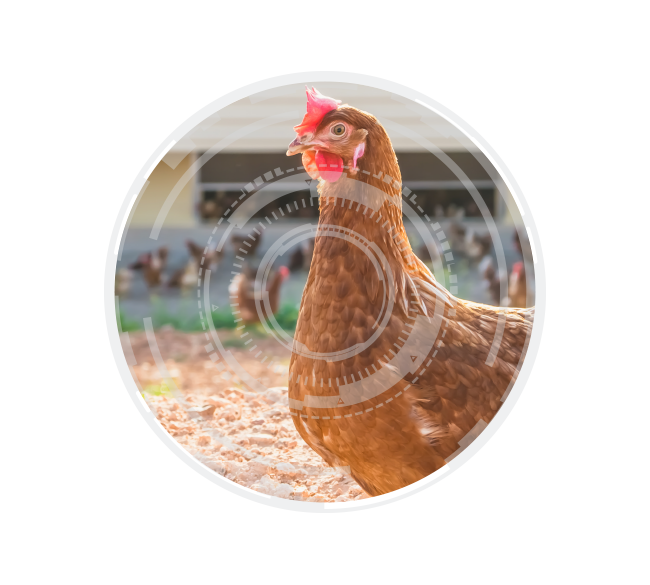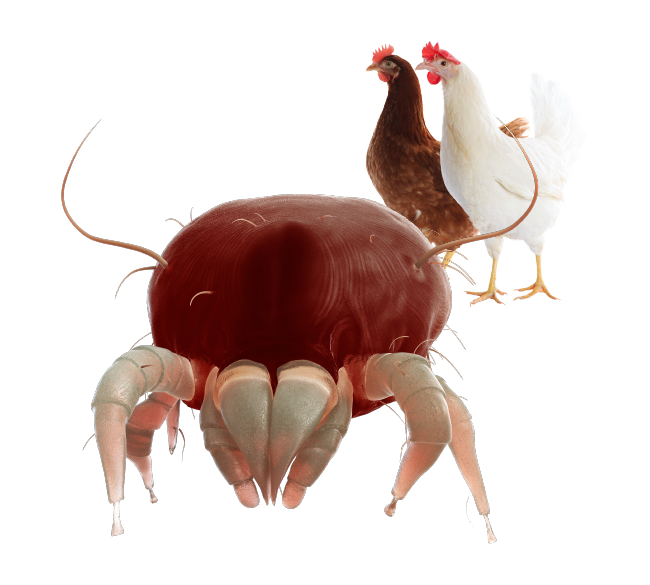Adequate food supply for the growing world population is a major concern of governments and NGOs in industrial and developing countries. Will the development of food production keep pace with the increasing population in developing countries and the growing demand of high quality food, especially food of animal origin, of the industrialized countries? Resources of food production are limited and there is a strong competition for these resources from different directions. The main compartments of the allocation of resources are defined by the so-called 6-F framework: Food for the human population, Feed for animals, Fuel, Fiber, Flower (one amount of plans and natural), and Fun. In the public discussion the complex issue of nutrition is focused on the competition of feed versus food and the simplified solution is the conversion of the human population from omnivorous to vegetarian nutrition. Abandoning meat consumption and livestock production and would not only solve the problem of food supply for the human population, but also protect farm animals from suffering and reduce environmental pollution. Interestingly the High Level Panel of Experts for Food Security and Nutrition (HLPE) of the committee on world food security (CFS) has recently addressed the particular role of livestock within the global framework of agricultural development and food production. HLPE as an independent international group of experts, in its report to number 10 on “Sustainable agricultural development for food security and nutrition: what roles for livestock?” came to the conclusion that “The livestock sector is a powerful engine for the development of agriculture and food systems. It drives major economic, social and environmental changes in the food system worldwide, and provides an entry point for understanding the issues around sustainable agriculture development as a whole”.
While the HLPE report addresses the value of rights of production in the general frame of food production, the first article of the present issue is focused on the importance of food of animal origin on the supply of essential micronutrients. As pointed out by H. K. Biesalski, the importance of meat as a source of essential micronutrients is generally underestimated. Due to the high bioavailability of vitamins and trace elements, meat and especially liver are highly recommended as essential components of balanced diets, especially for groups with higher needs, such as pregnant women, children and elderly people.
Commercial egg producers have become used to flocks of modern laying hens which lay at rates above 90% for many months, which indicates that most hens are laying an egg a day for extended periods. B. Kaspers reviews the physiology of egg formation and calls attention to the hen’s needs to lay an egg a day and new techniques which are used to study the composition of egg components in more detail and contribute to the development of new products based on egg components.
Emerging antibiotic-resistant pathogens threaten the health of humans and animals. The role of livestock in this scenario is being discussed controversially. There is, however, no doubt that the application of antibiotics has to be reduced. L. J. Vegad summarized recent publication and concludes that more careful use of antibiotics and alternatives to the use of antibiotics in livestock production will reduce risks for animals and humans.
H.-W. Windhorst analysed the development of global egg production and the underlying driving forces. Intensive production systems in newly industrialized countries contribute the major part of the increase of global egg production. The driving forces for this development are population growth and increasing income. Small-scale poultry production development systems are still prevailing in most Least Developed Countries. There is still considerable increase in production in this sector. The development is often disturbed by unstable political and economic conditions.
Peri-natal temperature treatment shows surprising long lasting effects in broilers, ducks and possibly other poultry species. B. Tzschentke and I. Halle present results of recent studies, which show that mild increase in temperature during a certain time of incubation has positive effects on hatchability and chick quality, later performance, body composition and general adaptability in broilers. Similar results are obtained in ducks by short time reduction of the incubation temperature. These results will encourage further studies in this area and influence the development of hatching and brooding techniques under commercial conditions.
At a time when the European Poultry Industry is focused on minimizing risks of the current avian influenza wave, we hope you find some of the articles in this issue useful “food for thought” and look forward to your comments and suggestions for future issues.
Merry Christmas and a Happy, Healthy and Successful New Year!
While the HLPE report addresses the value of rights of production in the general frame of food production, the first article of the present issue is focused on the importance of food of animal origin on the supply of essential micronutrients. As pointed out by H. K. Biesalski, the importance of meat as a source of essential micronutrients is generally underestimated. Due to the high bioavailability of vitamins and trace elements, meat and especially liver are highly recommended as essential components of balanced diets, especially for groups with higher needs, such as pregnant women, children and elderly people.
Commercial egg producers have become used to flocks of modern laying hens which lay at rates above 90% for many months, which indicates that most hens are laying an egg a day for extended periods. B. Kaspers reviews the physiology of egg formation and calls attention to the hen’s needs to lay an egg a day and new techniques which are used to study the composition of egg components in more detail and contribute to the development of new products based on egg components.
Emerging antibiotic-resistant pathogens threaten the health of humans and animals. The role of livestock in this scenario is being discussed controversially. There is, however, no doubt that the application of antibiotics has to be reduced. L. J. Vegad summarized recent publication and concludes that more careful use of antibiotics and alternatives to the use of antibiotics in livestock production will reduce risks for animals and humans.
H.-W. Windhorst analysed the development of global egg production and the underlying driving forces. Intensive production systems in newly industrialized countries contribute the major part of the increase of global egg production. The driving forces for this development are population growth and increasing income. Small-scale poultry production development systems are still prevailing in most Least Developed Countries. There is still considerable increase in production in this sector. The development is often disturbed by unstable political and economic conditions.
Peri-natal temperature treatment shows surprising long lasting effects in broilers, ducks and possibly other poultry species. B. Tzschentke and I. Halle present results of recent studies, which show that mild increase in temperature during a certain time of incubation has positive effects on hatchability and chick quality, later performance, body composition and general adaptability in broilers. Similar results are obtained in ducks by short time reduction of the incubation temperature. These results will encourage further studies in this area and influence the development of hatching and brooding techniques under commercial conditions.
At a time when the European Poultry Industry is focused on minimizing risks of the current avian influenza wave, we hope you find some of the articles in this issue useful “food for thought” and look forward to your comments and suggestions for future issues.
Merry Christmas and a Happy, Healthy and Successful New Year!








